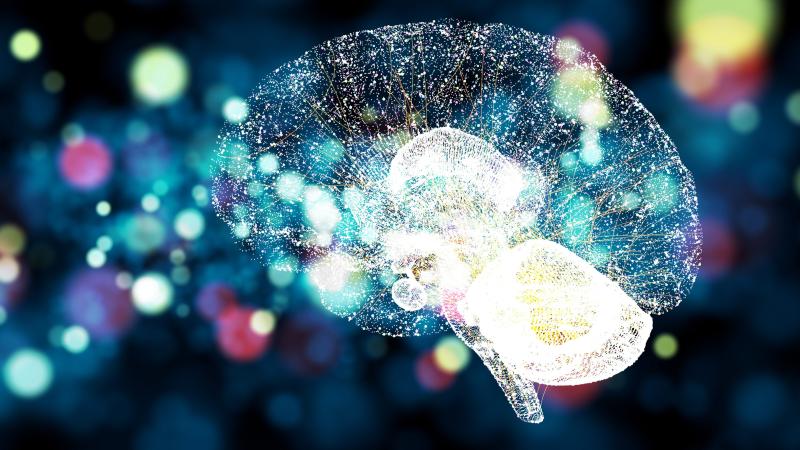NSF grant supports research to develop new models to better understand the brain
February 20, 2020

TROY, N.Y. — When Sergio Pequito thinks about the brain, he visualizes a piano. The keys represent different parts of the brain, and the pressure applied by the pianist’s fingers represents the outside stimuli that promote brain functions.
Just as notes and harmonies can be mapped onto sheet music, Pequito, an assistant professor of industrial and systems engineering at Rensselaer Polytechnic Institute, is looking to transcribe the brain’s complex dynamics into new data models that can help researchers better understand how the brain and human cognition work. This composition effort, of sorts, is being supported by a new grant from the National Science Foundation.
“We have showed that, by thinking like this, there was a lot of activity in the brain that we were able to mimic and capture,” Pequito said. “We believe that we can use the math and models we have developed to capture intrinsic features that justify how the brain behaves over space and time.”
Pequito’s team, which includes a collaborator from the University of Southern California, will use publicly available brain signal data from the National Institutes of Health to improve the models they have built. The data has been collected using functional magnetic resonance imaging (fMRI) technology, which tracks blood flow and oxygen flow as they increase in active parts of the brain.
Pequito and his team are trying to provide insight into how a healthy brain functions, as well as how one with a neurological disease may behave. Continuing this analogy, Pequito explained that just as a pianist who hits the wrong key may create a dissonant noise, the models developed by his research team will show when something is a bit off in the brain’s activity.
Industrial and systems engineers develop tools to analyze how complex systems interact. Pequito believes that this type of approach to humanity’s long-standing questions about the brain can provide new understanding about the relationships between functions like attention, learning, memory, decision-making, and language. These insights may prove useful in improving current technology by reverse-engineering the brain, which is one of the National Academy of Engineering’s Grand Challenges for Engineering.
“We have all sorts of tools that we, as industrial engineers, can use,” Pequito said. “Now, we are working to improve them so we can provide new insights for the neuroscience and medical community.”